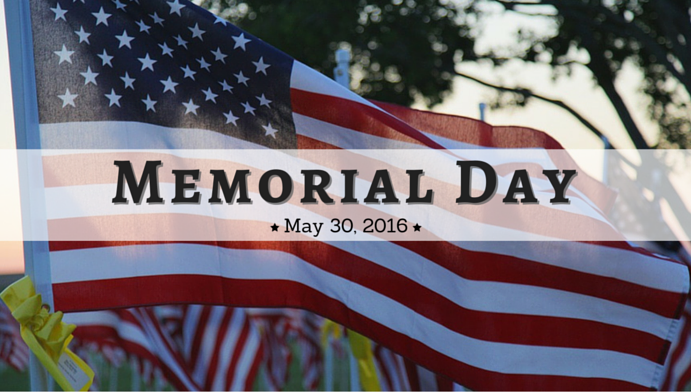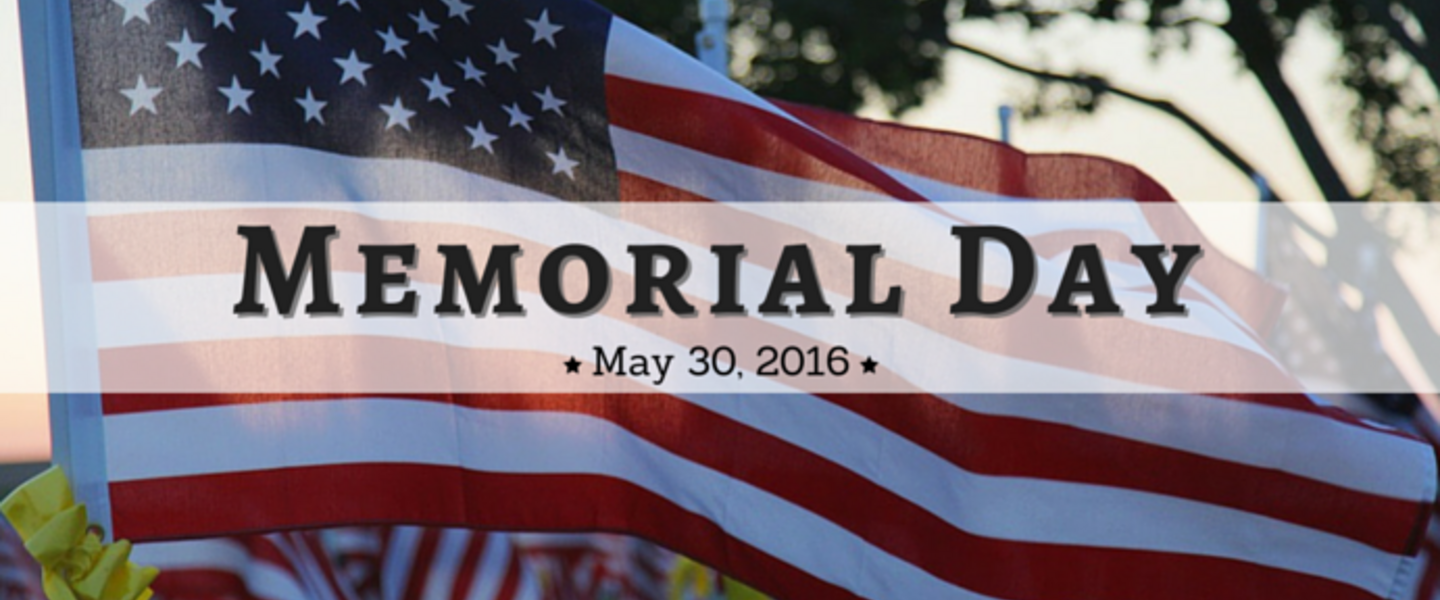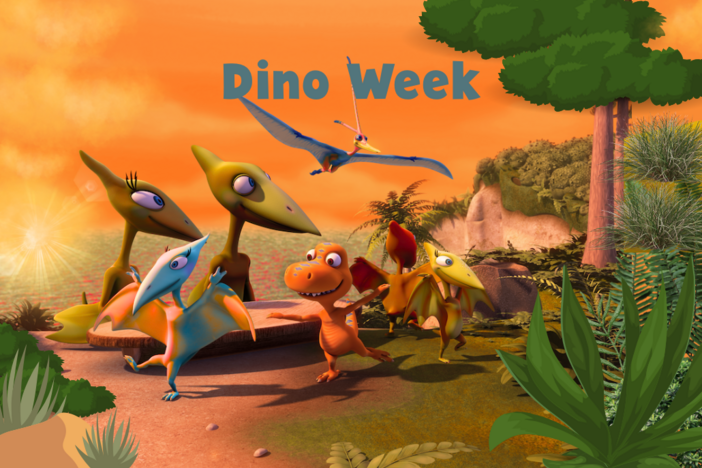
Section Branding
Header Content
Share The Meaning Of Memorial Day
Primary Content

Originally called Decoration Day, the first national celebration of Memorial Day took place on May 30, 1868. When it become a federal holiday, it was given the floating date of the last Monday in May. Memorial Day was initiated to honor the soldiers who died during the American Civil War and was expanded to include the deceased veterans of the American forces.
Over the years, traditions have emerged to mark the holiday. Here are some of the most common traditions in the United States:
- Every Memorial Day, the U.S. flag is quickly raised to the tops of flagpoles, slowly lowered to half-mast, and then raised again to full height at noon. The time at half-mast is meant to honor the million-plus fallen U.S. soldiers who have died for their country over the years. Re-raising the flag is meant to symbolize the resolve of the living to carry on the fight for freedom so that the nation’s heroes will not have died in vain.
- It is very common to visit cemeteries, particularly military cemeteries, at this time of year to decorate the graves. Small American flags, flowers, and wreathes are commonly placed by the tombstones.
- On the U.S. Capitol Building’s West Lawn, a Memorial Day concert is held annually. The musical performances are broadcast live around the country on PBS and NPR radio.
- There are thousands of Memorial Day parades all across the country in cities small and large. Typically, you will see marching bands, National Guardsmen, other Armed Forces members, and military vehicles from past U.S. wars.
- Many will wear or put on display red poppies as a symbol of fallen soldiers. This tradition grew out of the famous poem by Canadian John McCrae known as "In Flander’s Fields," which he was inspired to write upon seeing red poppies growing over the graves of World War I soldiers. Source: http://publicholidays.us/memorial-day/
Help students understand the significance of Memorial Day with the following educational resources from PBS LearningMedia. You will need your PBS LearningMedia login and password, but it's simple and free for GA teachers to sign up! Email us at education@gpb.org to get started.
Fallen WWII Soldiers Teach Students About Sacrifice - Grades: 7-12
How can you make history more meaningful? By bringing the classroom to where it happened – in this case, the beaches of Normandy. See how students honor D-Day in this PBS NewsHour Extra video.
All About the Holidays: Memorial Day - Grades: K-4
The first official Decoration Day took place at Arlington National Cemetery on May 30, 1868. After World War II, it was known as Memorial Day. Students learn more about the holiday’s history with this PBS LearningMedia short:
Soldiers, Veterans, and War in American Life - Grades: 9-12
Explore with students stories from the battlefront, from the War of 1812 to the Iraq War, with the following collection of videos, images, and media-rich lesson plans.
The Soldier's Experience in Vietnam: Using Oral Histories to Draft an Historical Narrative - Grades: 9-12
What does it mean to be a soldier? In this narrative writing and class discussion lesson plan, students learn what the Vietnam War was like first-hand from the soldier’s perspective.
Field of Flags - Grades: 9-12
What are some of the ways you can encourage students to gain a deeper understanding of Memorial Day or other commemorative holidays? See how one New Jersey high school honors soldiers who sacrificed their lives at war.
Please share how you are sharing the meaning of Memorial Day with students in the comments section below!






